When you think of pyramids, Egypt likely comes to mind first. However, there are many other remarkable pyramids across the globe, each with its own unique history. From Mexico to Sudan and even Spain, these structures are equally captivating and worth exploring.
The Pyramids of the Sun and the Moon, Mexico
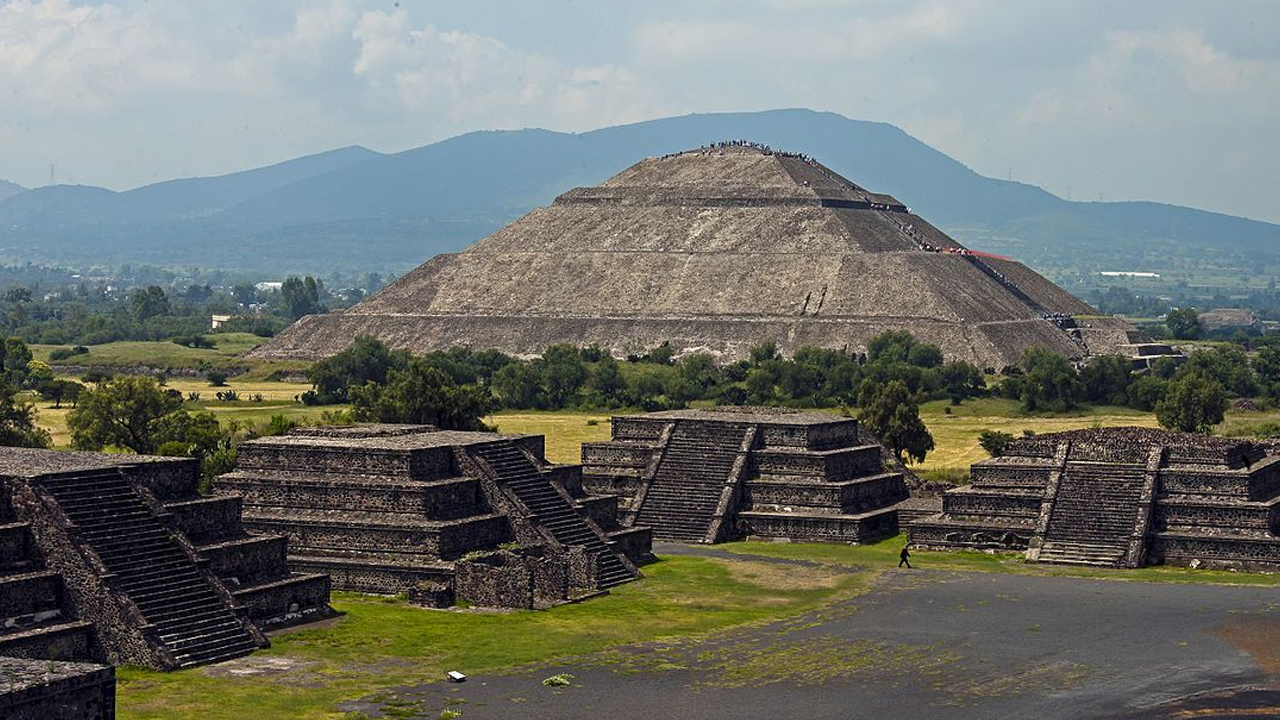
Close to Mexico City, the Pyramid of the Sun and the Pyramid of the Moon are standout landmarks in Teotihuacan, a key archaeological site in the Americas. The Pyramid of the Sun, one of the largest pyramids globally, stands 216 feet tall with a 738-foot base. It was built around 200 AD. The Pyramid of the Moon, slightly smaller at 140 feet, began construction around 100 AD.
The Teotihuacan civilization, which thrived from 100 BC to 550 AD, constructed these pyramids. Although many details about their use remain unknown due to a lack of written records, artifacts and graves suggest these pyramids were central to religious and ceremonial activities.
The Nubian Pyramids of Meroë, Sudan
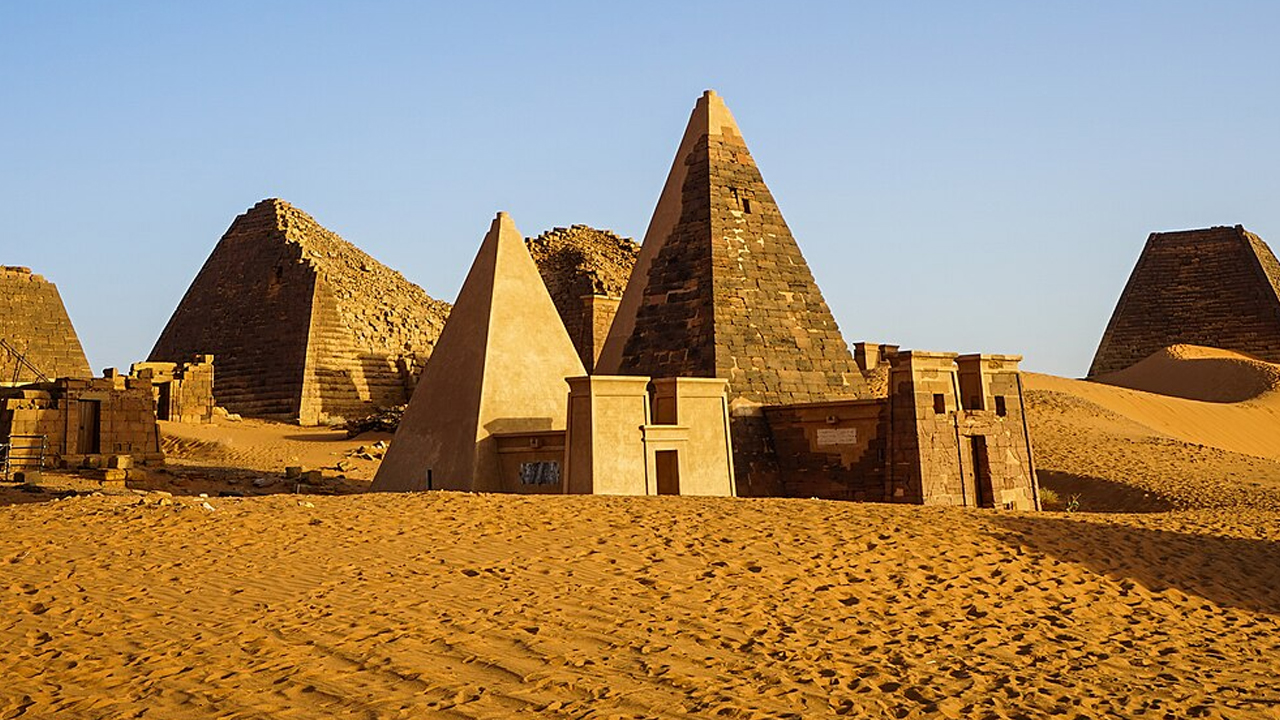
The Royal Necropolis of Meroë in Sudan features around 200 pyramids built between 800 BC and 350 AD by the ancient Nubian civilization of the Kingdom of Kush.
These pyramids, final resting places for Nubian royalty, are characterized by steep angles and narrow bases, setting them apart from their Egyptian counterparts.
The Pyramids of Dahshur, Egypt
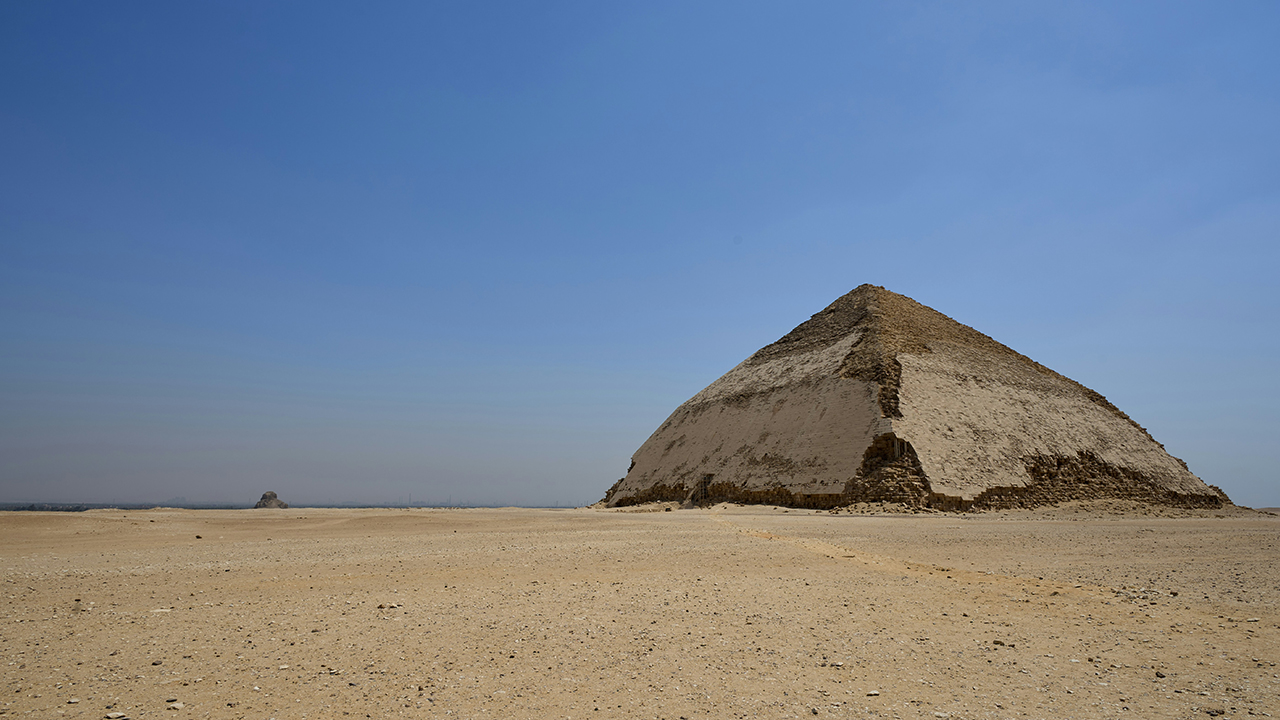
About 25 miles south of Cairo, the Pyramids of Dahshur are among the oldest pyramids in the world, built during Pharaoh Sneferu’s reign around 2613 to 2589 BC. Dahshur is known for the Bent Pyramid, with its unique shape due to a change in angle, and the Red Pyramid, Egypt’s first smooth-sided pyramid.
These pyramids were primarily tombs for Pharaoh Sneferu. The design changes seen in Dahshur marked significant advancements in pyramid construction, influencing later projects like the pyramids at Giza.
The Pyramids of Monte Albán, Mexico
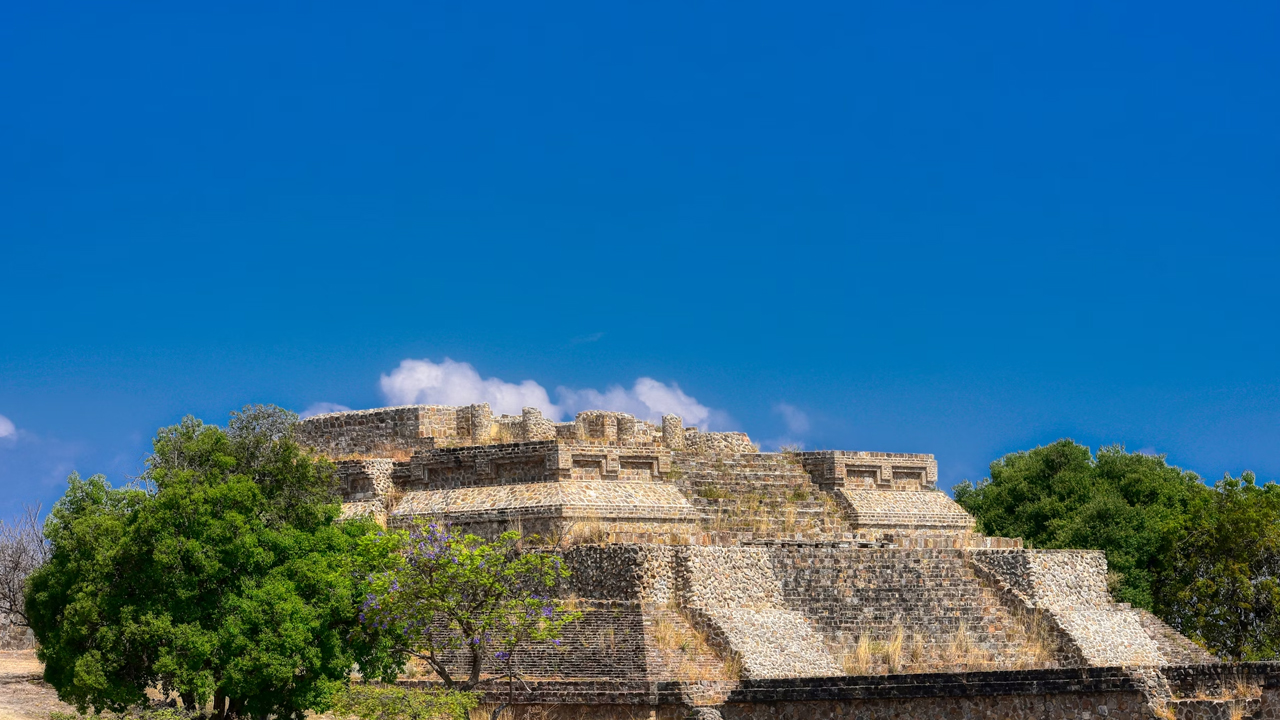
Monte Albán in Oaxaca, Mexico, was built by the Zapotec civilization starting around 500 BC. As a major center for politics, economy, and ceremonies for nearly a thousand years, Monte Albán is now a UNESCO World Heritage Site.
The pyramids at Monte Albán, along with terraces and a ball court, were primarily used for religious and ceremonial purposes. These structures are celebrated for their impressive architecture and integration into the landscape, forming a grand ceremonial complex.
The Great Pyramid of Cholula, Mexico
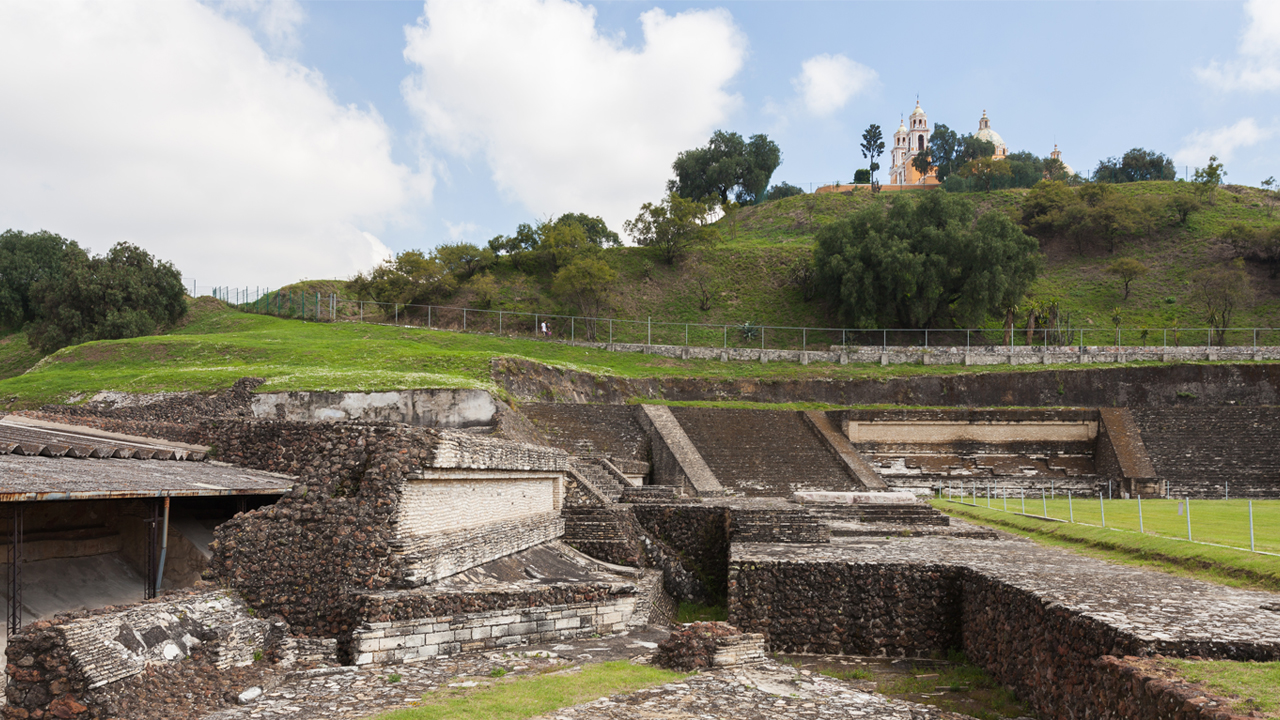
Located in Mexico, the Great Pyramid of Cholula is the largest pyramid by volume. Built by the Cholula people and later modified by the Toltecs and Aztecs, it was used for religious and ceremonial purposes.
Over time, grass and trees have covered the Great Pyramid, making it resemble a natural hill. This camouflaged appearance adds to its mystique and historical importance.
The Pyramids of Túcume, Peru
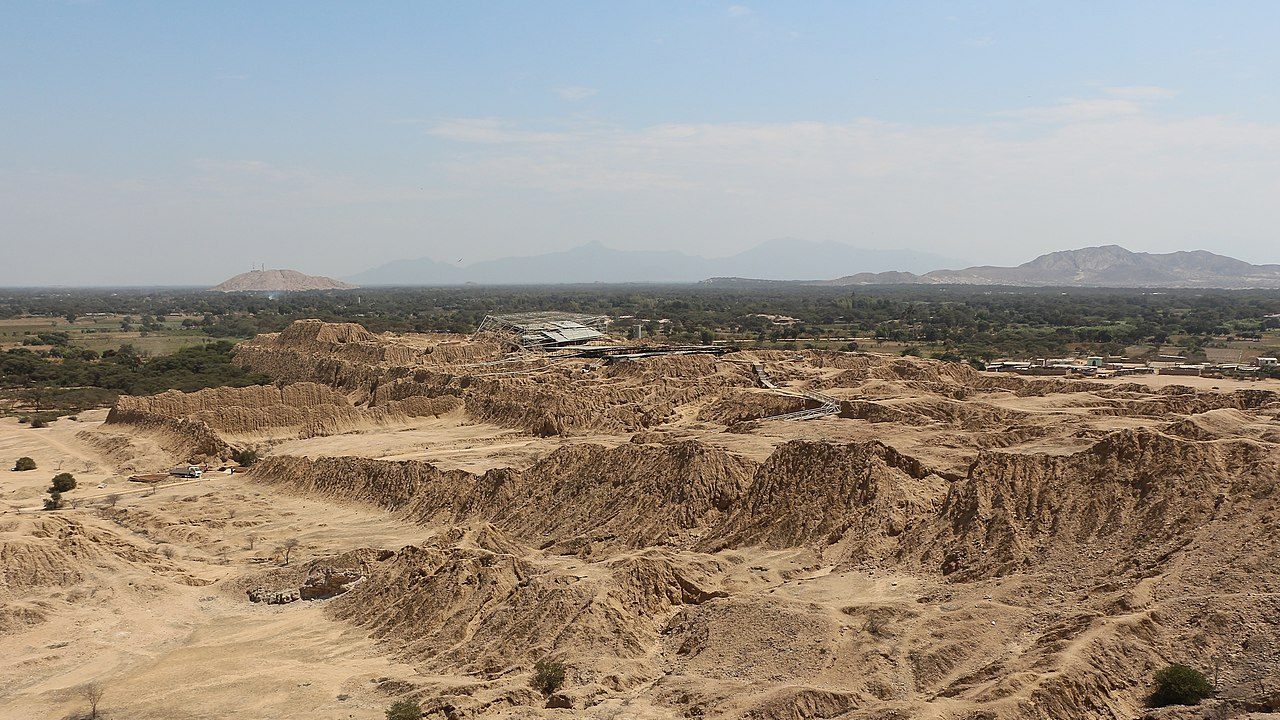
In northern Peru, the Pyramids of Túcume, also known as the Valley of the Pyramids, were built by the Lambayeque people around 1000 AD.
This area features about 26 pyramids, which served as major cultural and religious centers, used for various religious and ceremonial activities.
The Pyramids of Sedeinga, Sudan
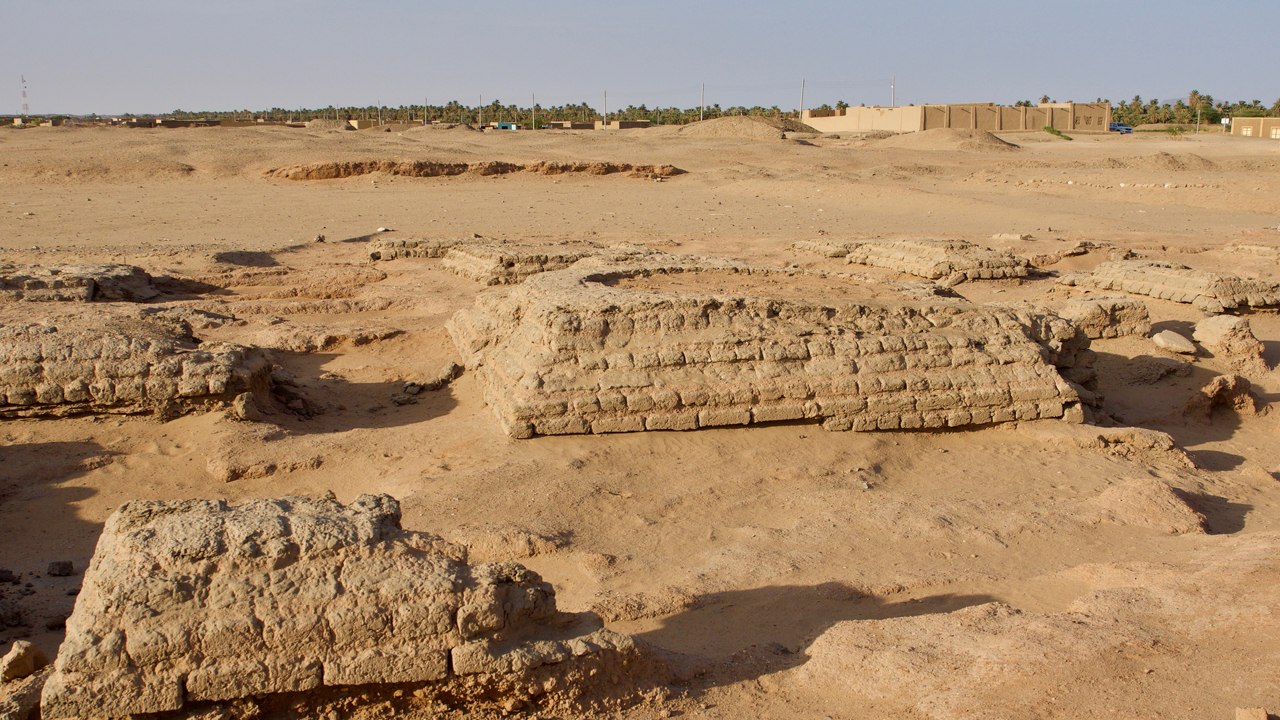
In Sudan, the Pyramids of Sedeinga were built by the ancient Nubian civilization during the Meroitic period of the Kingdom of Kush. The site contains around 80 pyramids, primarily used as burial sites for royalty and nobles.
Known for their unique designs, these pyramids include small chapels with reliefs and inscriptions. Their intricate designs are less elaborate than those at larger sites like Meroë.
The Pyramids of Xi’an, China
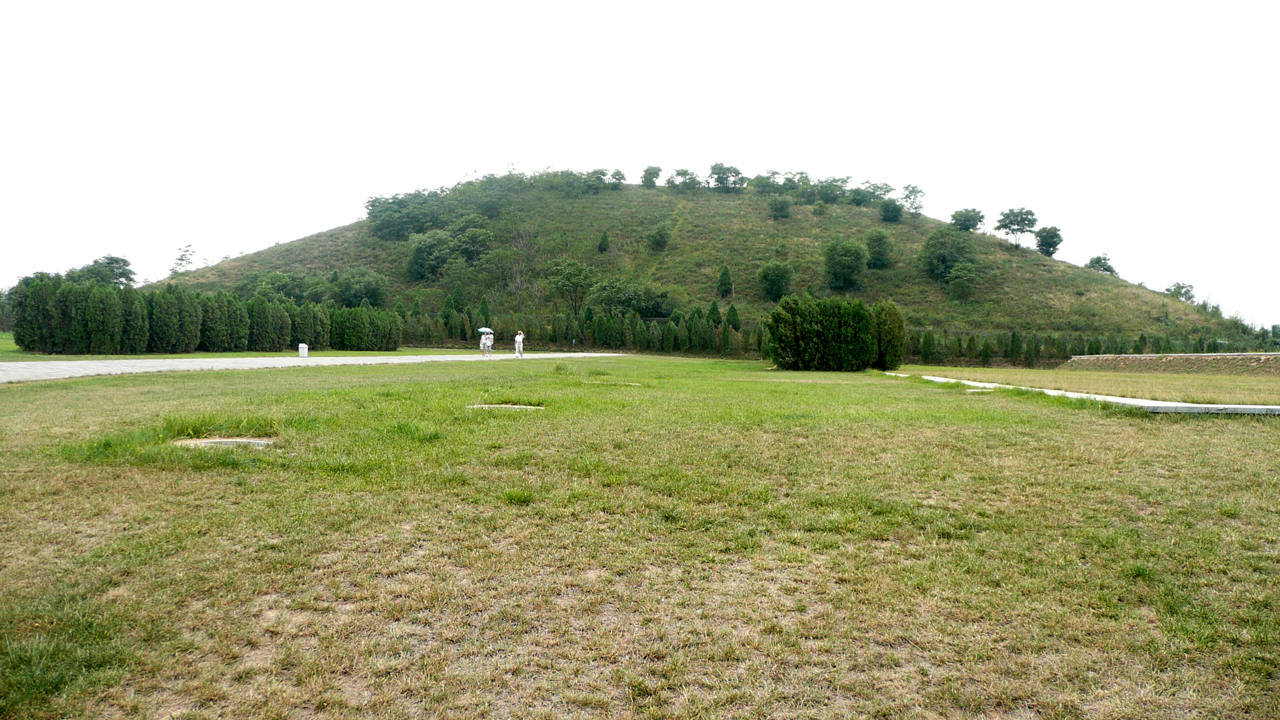
In Xi’an, China, the mound-like tombs were built during the Han Dynasty (206 BC—220 AD). There are over 100 pyramids in this area, though many have been destroyed over time.
The most famous is the Mausoleum of the First Qin Emperor, known for the Terracotta Army, dating back to the end of the Warring States period (around 221 BC).
The Pyramids of Güímar, Spain
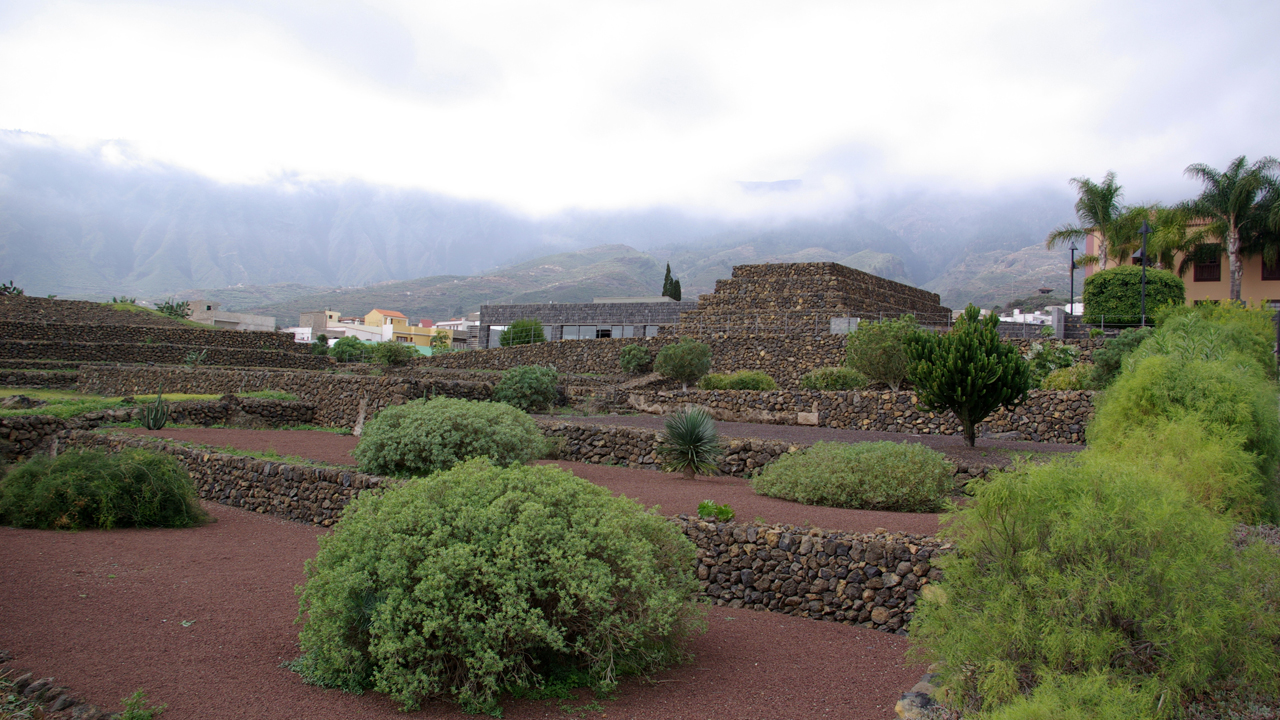
The Pyramids of Güímar on Tenerife in the Canary Islands, Spain, are made of lava stone. There is no solid proof that the ancient Guanche people built them. Unique for their construction without mortar, these pyramids’ purpose remains debated.
Originally thought to be piles of stones from cleared fields, Thor Heyerdahl suggested in the 1990s that they might have ceremonial significance and align with astronomical events like solstices. However, these ideas remain speculative, and their true origins and functions are still unknown.
The Pyramid of Austerlitz, Netherlands
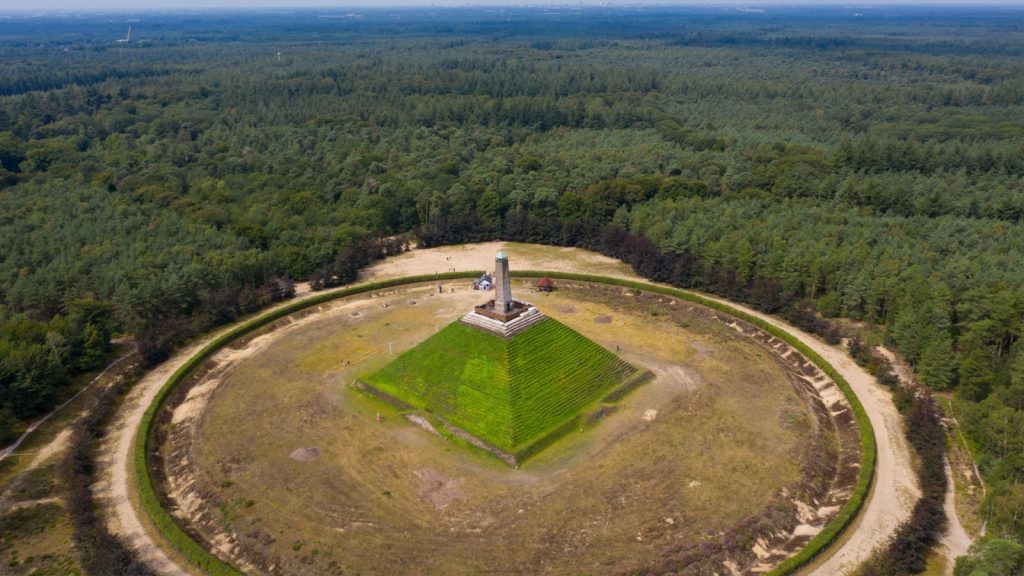
The Pyramid of Austerlitz is located in the Netherlands and was built in 1804 by Napoleon’s soldiers. It was constructed as a tribute to Napoleon and modeled after the Great Pyramid of Giza. The pyramid is 118 feet high, and it originally had a wooden obelisk on top, which was replaced by a stone version in 1894. This structure stands out because it represents a blend of military history and ancient architectural inspiration.
The Pyramid of Cestius, Italy
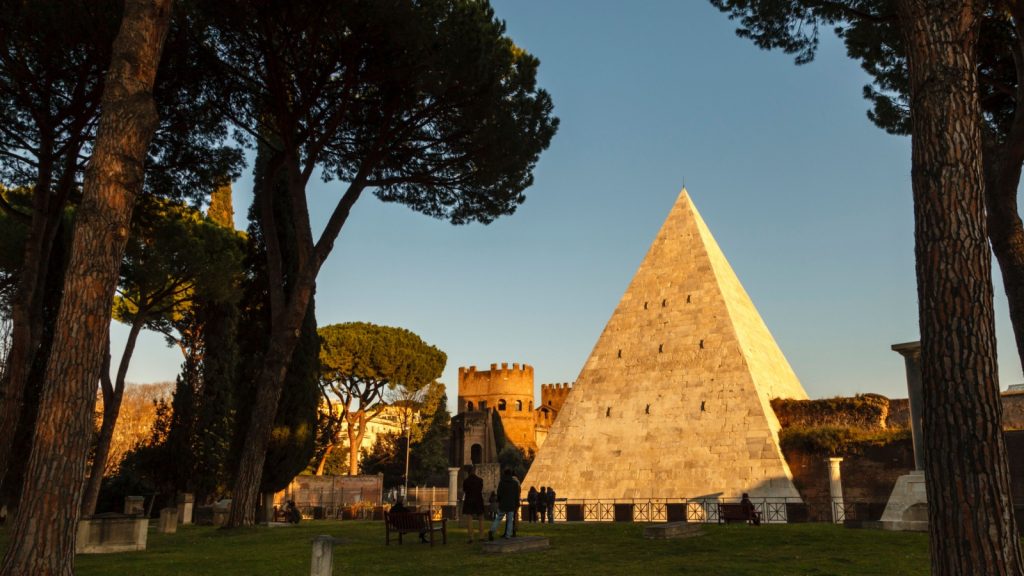
In Rome, the Pyramid of Cestius stands as a unique monument. Built between 18 and 12 BC as a tomb for Gaius Cestius, a magistrate and member of the religious corporation of the Epulones, this pyramid is made of brick-faced concrete covered with white Carrara marble. It’s about 98 feet tall and has a square base measuring about 98 feet on each side. This Roman pyramid reflects the Egyptian influence on Roman culture, especially after Egypt became a Roman province.
The El Tajín Pyramids, Mexico
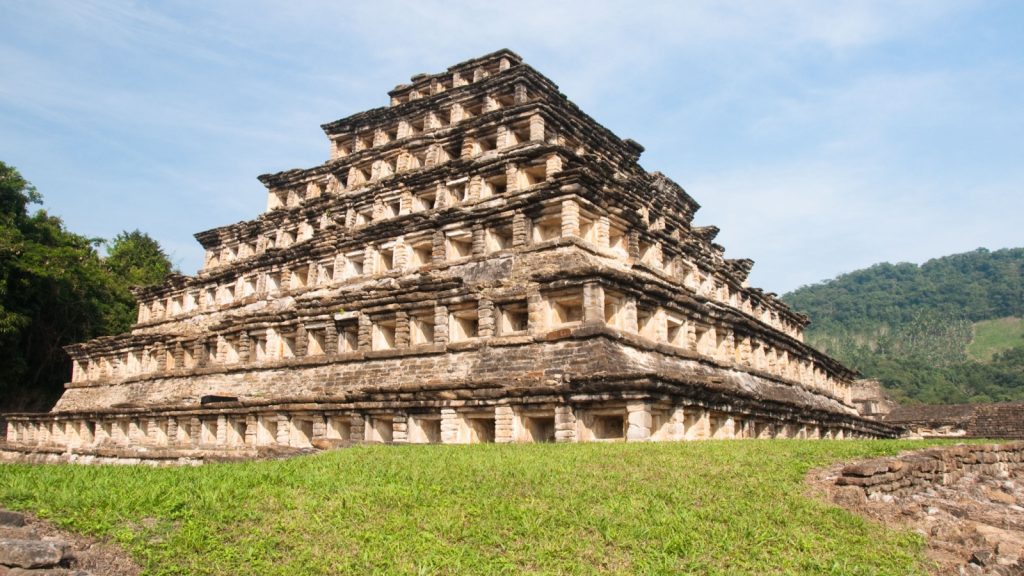
El Tajín, located in the state of Veracruz, Mexico, is a pre-Columbian archaeological site that features several pyramid structures. The Pyramid of the Niches is the most famous, standing 66 feet tall with 365 niches believed to represent the days of the solar year. Built by the Totonac people between 600 and 900 AD, El Tajín was a significant cultural and religious center, and its pyramids reflect the complex astronomical knowledge and architectural skill of its builders.
The La Quemada Pyramids, Mexico
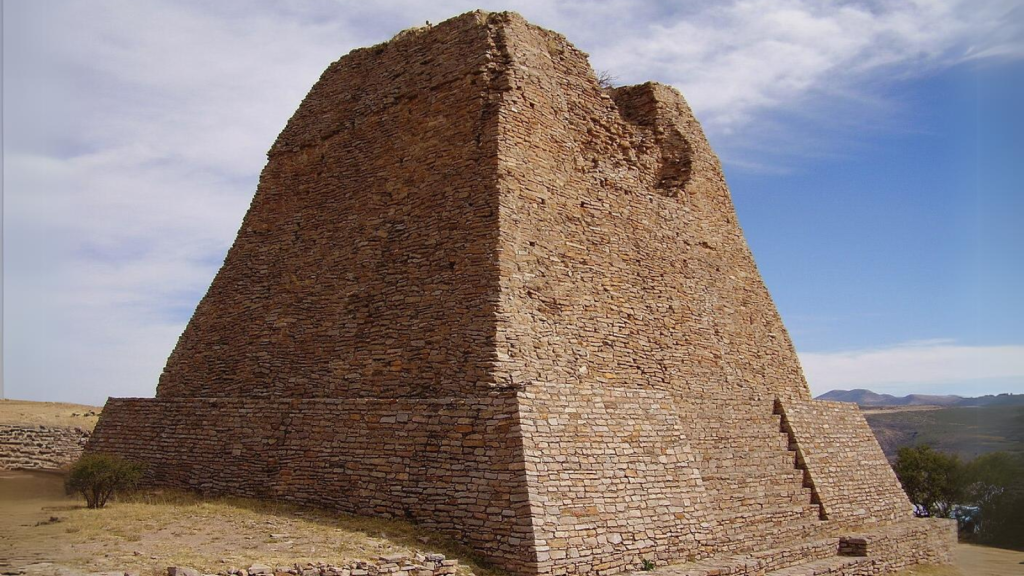
In the Zacatecas region of Mexico, the La Quemada archaeological site includes several pyramid-like structures. Dating from around 600 to 1200 AD, La Quemada is believed to have been a fortification or a ceremonial center. The site includes a pyramid known as the Votive Pyramid, which is thought to have been used for ritual purposes. The ruins offer a glimpse into the region’s pre-Hispanic history and the architectural styles of its ancient inhabitants.
The Pyramids of Caral, Peru
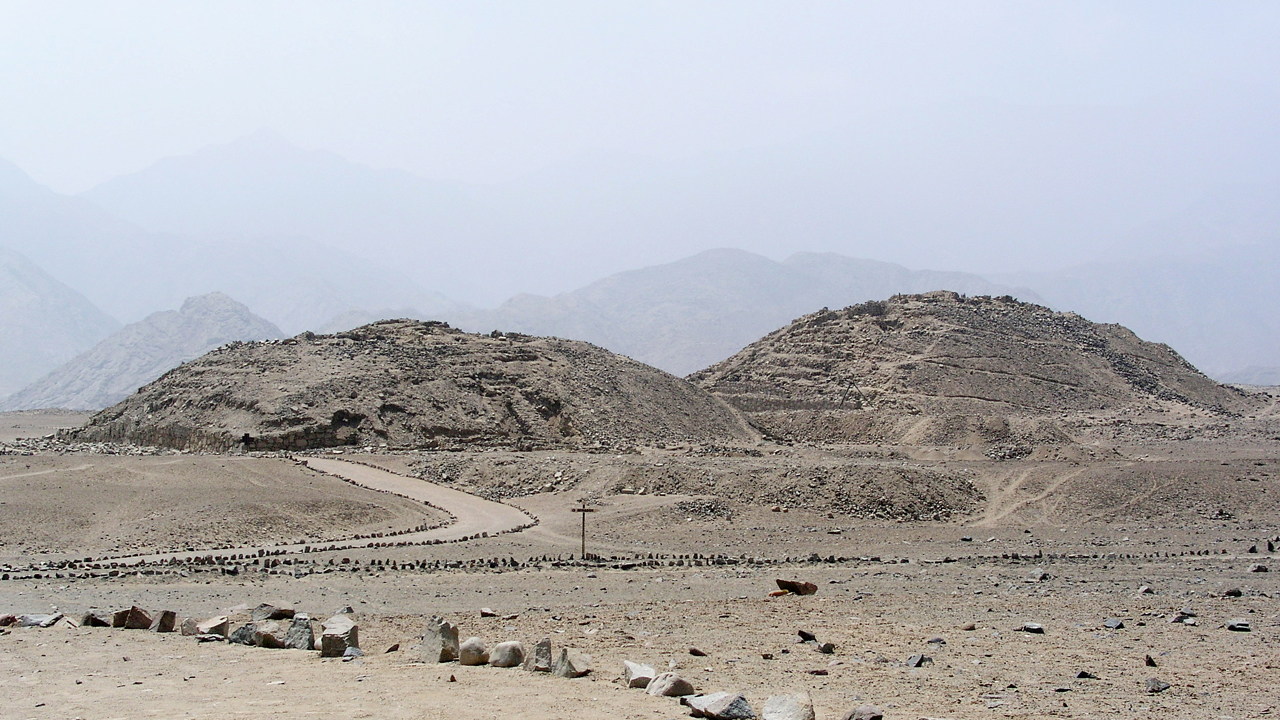
The Pyramids of Caral in Peru were built by the Caral or Norte Chico civilization and are part of one of the oldest known cities in the Americas. Recognized as a UNESCO World Heritage Site, Caral dates back to around 2600 to 2000 BC, making it as ancient as Mesopotamian, Egyptian, and Indus Valley civilizations.
The large platform mounds at Caral, often called pyramids, were used for religious ceremonies and public gatherings. These structures, while impressive in size and showcasing advanced architectural techniques, are not known for intricate carvings.
Katy Willis is a writer, master herbalist, master gardener, and certified canine nutritionist who has been writing since 2002. She’s finds joy in learning new and interesting things, and finds history, science, and nature endlessly fascinating.

